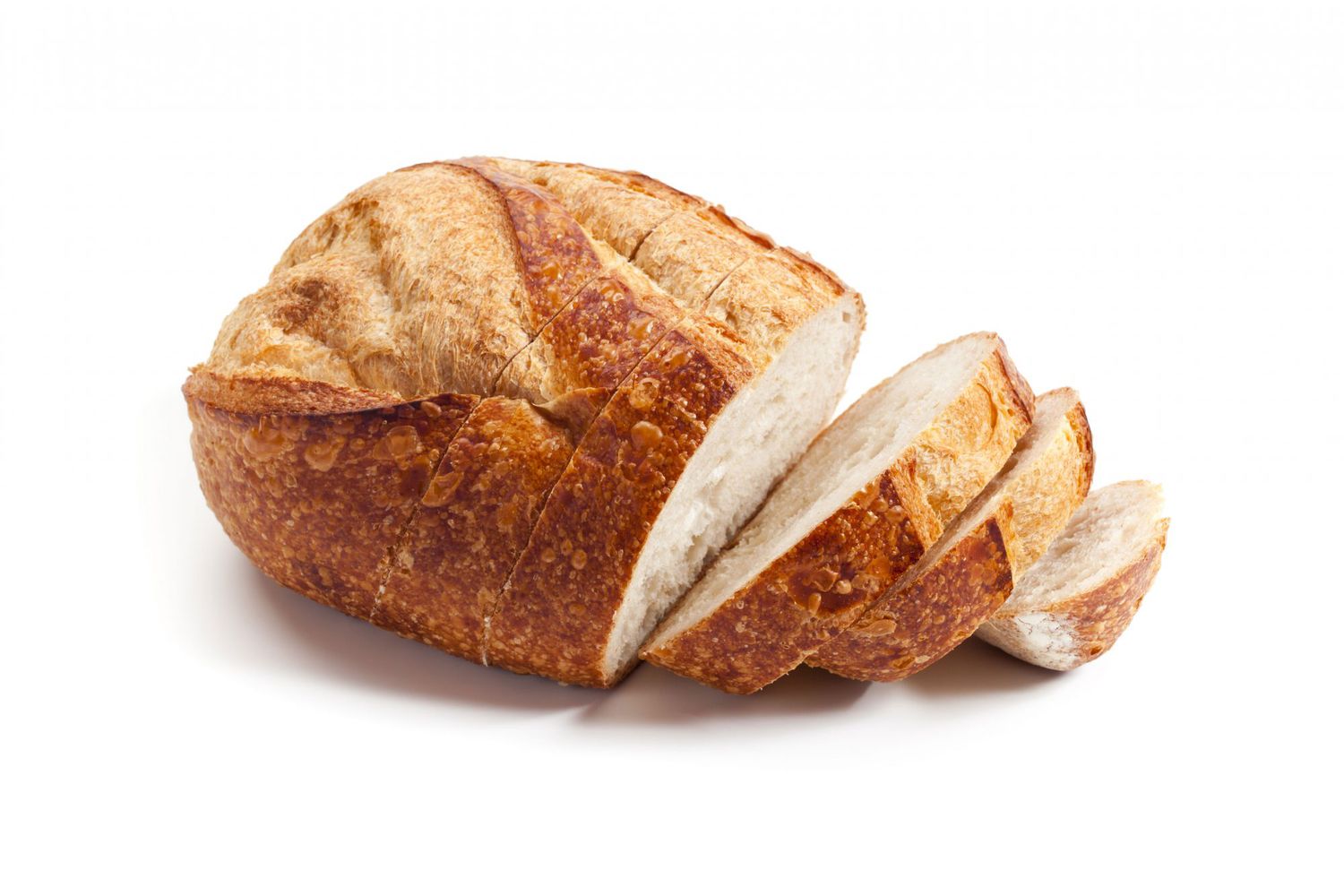One of the most interesting—and possibly one of the most accurate—barometers for how we’re all coping with the effects of the coronavirus pandemic has to be the Daily Search Insights, the brightly colored website that keeps track of the words and phrases that we’re all frantically, desperately, and repeatedly Googling right now.
In the past three weeks, searches for “binge-watching,” “cooking,” and “meditation” all hit all-time highs, as did questions about making face masks from bandanas and how to keep kids busy during a quarantine. (And I like to think that there’s some definite cause-and-effect action connecting the queries for “wine delivery service” and “how to dry clean at home.”)
One of the biggest jumps has been in searches for bread, because after finishing Tiger King and successfully removing the merlot stains from our good joggers, the next thing on everyone’s Shelter in Place To-Do List is to make our way through all of those bread recipes that we bookmarked in 2015.
As a result of this unexpected home baking binge, supermarkets and online retailers are struggling to meet the demand for dry ingredients like flour and yeast. According to Marketplace, King Arthur Flour has reported sales that are three-times higher than usual. “Typically, at this time of year, we’re operating at 50 [percent] capacity,” the company’s co-CEO Karen Colberg said. “But in the past couple of weeks we’ve turned on to full tilt, and we’re operating 24/7.” (As of this writing, all of the company’s Signature Flours are sold out online.)
But nothing has seen a bigger sales jump than dry yeast. According to Nielsen, yeast sales were up by 647 percent at the end of March, compared to the same week last year. “No other grocery product tracked by Nielsen experienced such rapid sales growth in that seven-day period,” Business Insider reported.
In a message posted to its homepage, Red Star Yeast wrote about the “unprecedented” demand for its products. “Rest assured, we are making yeast around the clock, while keeping safety as a priority for our employees and across the distribution chain,” it said. “We are shipping product every day to stores and our online vendors […] We also encourage our customers to only take what they need for now so more people can purchase yeast and bake bread.”
Bob Moore, the founder of Bob’s Red Mill, said that he hasn’t seen a run on his products—including yeast—like this one since we were all terrified about Y2K and what would happen when all the world’s computers had to process dates that ended in double zeros. Moore told QZ that any yeast shortages are only temporary, though, and it’s partially because of the amount of time required to grow, ship, and deliver a yeast order. (For Bob’s Red Mill, it can take up to 50 days, from the time the yeast is grown until it appears on grocery store shelves.)
There are two major challenges when it comes to getting those tiny packets back in stock anywhere. First, there’s a limit to how quickly yeast, you know, happens. “Yeast takes a certain time to go from one cell to two cells,” Sudeep Agarwala, a yeast geneticist who works for the biotech firm Gingko Bioworks, told Slate. “You can do everything you can to speed it up, but there’s a hard limit to how fast they can double.”
And once the yeast is ready, there seems to be an upper limit to how fast it can be packaged too. Fleischmanns has said that, despite its attempts to physically speed up production at its plants, it has run into problems sourcing jars and paper packets.
“We could have handled twice the normal demand,” Robb MacKie, president and CEO of the American Bakers Association, said. “But five times the normal [demand] almost overnight—no one can prepare for that.”
Guess it’s time to start Googling “yeast-free bread recipes,” or just check out our guide to creating your own sourdough starter here.
This article originally appeared on Food & Wine.
Source: Read Full Article
